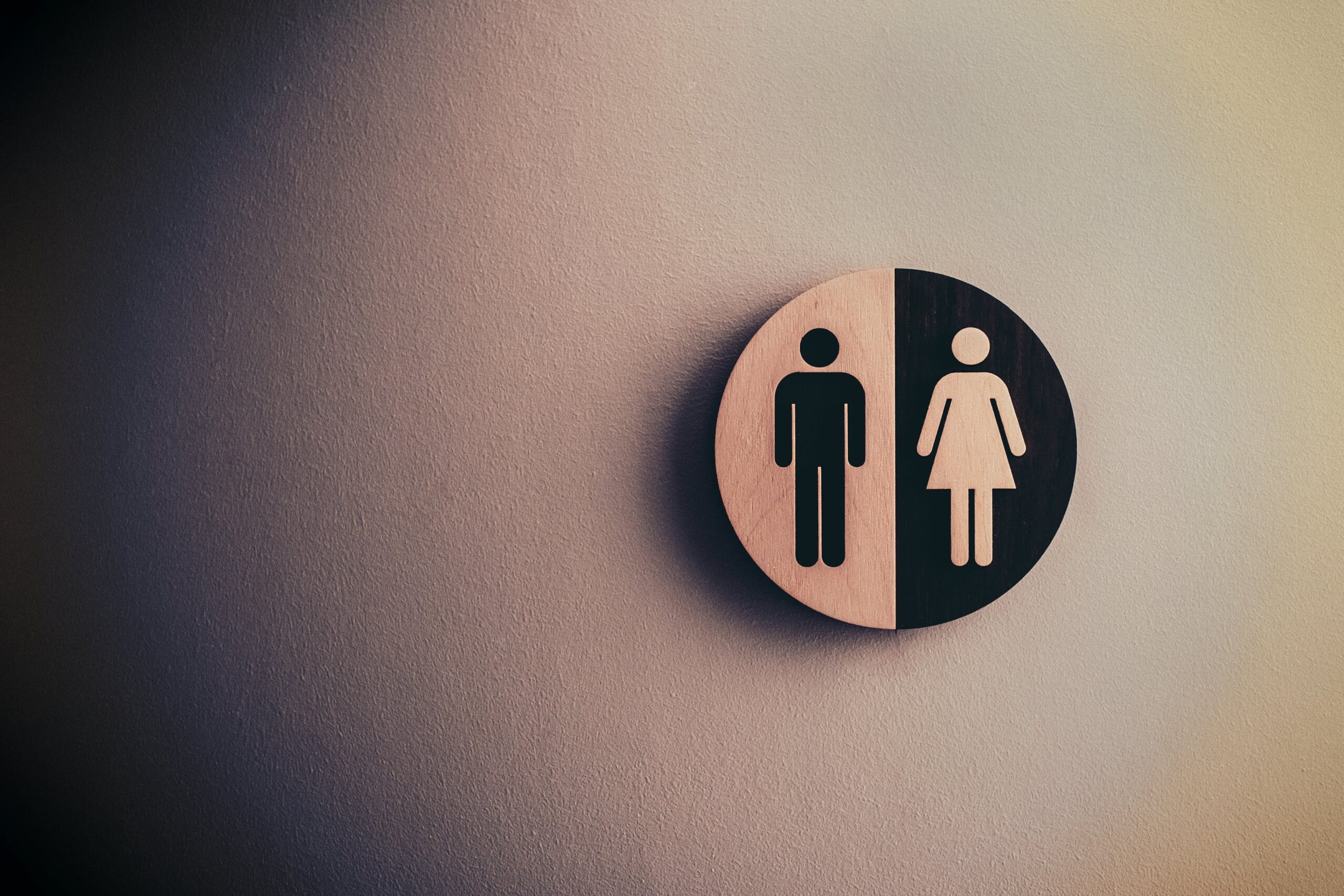Are There Differences Between Men and Women in Addiction?
Table of Contents
- The Stages of Drug Use
- Menstrual Cycle
- Alcohol
- Nicotine
- Methamphetamine and Cocaine
- Opioids
- Heroin
- Marijuana
- MDMA (Ecstasy, Molly)
- What’s the Main Takeaway?
The medical and scientific communities have long studied addiction in women and related medical services. The difference between how a man responds to addiction and how a woman responds is fascinating.
There are a lot of things that can differentiate the effect of illicit drugs and addiction in different people. Up until the 1990s, drug abuse was only studied in men, according to Harvard Health. Thus, the field had a lot of catching up on studying the effects on women.
Many women struggle with addiction, but it is not widely understood by the general population how the addictions can differ from their male counterparts. Biologically, males and females work in different ways, so it follows that they would respond differently to drug use, too.
It should be noted that social and cultural aspects are essential factors in how drug use affects the male and female genders differently, as noted by the National Library of Medicine. Because of these differences, females may face many difficulties that males do not. This is not to say that both genders don’t experience their challenges. Women and addiction need much more study to understand fully, but where is what is known so far?
1. The Stages of Drug Use
First, there are differences in how males and females experience the different stages of drug use. The associated stages touched on with clinical services and addiction recovery are:
- Initiation – Drug is first tried
- Escalation – Drug use is ramped up in terms of amount and frequency of use
- Maintenance – Addictive behavior established
- Withdrawal / Abstinence – Drug use is halted
- Relapse – Drug use resumed after period of not using
Substance use disorders in women can be as varied as in men. Alcohol addiction and various addiction treatments exist to help individuals overcome stimulant drugs, alcohol abuse, and other addictions. The ultimate goal is to improve overall physical and mental health.
For males, the social aspect of belonging may be the most significant factor influencing the initiation stage, where taking risks is elevated to fit in with their group. Females are more likely to have been prescribed drugs for the first time, especially with painkillers, as women historically have been perceived to experience pain greater than men, whether it be because they are more likely to report it than men due to sociological factors, or because of biological factors that may make them more susceptible in some cases. This is all highlighted by Alcoholism Treatment Quarterly. Women are also more likely to self-medicate with drugs. Addiction in women needs to be better understood to provide the best possible care and treatment plans.
At the escalation phase, women tend to ramp up drug use quicker than men and are more susceptible to becoming addicted than men.
Women stabilize at a higher maintenance dose than men and experience adverse side effects to a greater degree than men. Understanding the connection between women and addiction allows for a more all-inclusive approach to treating symptoms and the source of the addiction, as well as withdrawal and other side effects.
While at the abstinence phase, different drugs have different effects on withdrawal symptoms for each sex. For example, men experience greater withdrawal symptoms from alcohol, while women have greater negative effects from nicotine withdrawal.
Should relapse occur, women are more susceptible to this happening, while men typically abstain longer than women. This is why support services are so important.

2. Menstrual Cycle
For women, an extra factor plays into their response to drugs. As in drug addiction, there are also different stages of menstruation that affect the body’s response to drugs. This appears to be most prominent in the initiation stage, where the effects of the drug may be felt more intensely depending on the stage of the menstrual cycle a woman is in. The stages are:
- Follicular – Follicle develops in ovary, and the hormone, estradiol, increases (10-12 days)
- Periovulatory – Estradiol causes release of luteinizing hormone, leading to ovulation (2-4 days)
- Luteal – Estradiol and progesterone are initially released in high concentrations (10-12 days)
Menstruation happens towards the end of the luteal phase, where concentrations of hormones start tapering off, unless there is a pregnancy.
The ovarian hormones, estradiol and progesterone, are able to move into the brain easily, and as such, can interact with any drugs taken. If you are taking medications to treat symptoms of your menstrual cycle, you have become addicted to estrogen after long-term use. This is a unique issue that women alone usually face.
When concentrations of estradiol are high during the follicular phase, amphetamine and cocaine can have more intense effects, as compared to luteal phase. Thus, 10-12 days after menstruation, a woman may be more susceptible to becoming addicted to these drugs, taking them faster into the escalation phase of drug use.
On the other hand, The National Library of Medicine noted that alcohol use was also found to be higher during the “premenstrual” phase in women. This connection to monthly cycles and addiction in women is something many are still working on understanding and figuring out fully.
Some studies, shared by the National Library of Medicine, also suggest quitting smoking during the luteal phase is harder. It may be best to start the abstinence phase during the follicular stage, which occurs 10-12 days after menstruation.
In summary, the menstrual cycle seems to affect the initiation phase highly, ramping up the speed of addiction. No significant effects have been found to this end once regular maintenance dosing was reached. However, there are implications for when one should set their quit date for certain drugs since there is a whole new level of complexity to consider when talking about women and addiction and recovery.

3. Alcohol
In the United States, the rates of alcohol abuse are high, with 22% of males and 13% of females binge drinking in 2019, as shared by the Centers for Disease Control and Prevention (CDC). However, the gender differences in alcohol addiction seem to wane over time as alcohol consumption has become more socially acceptable for females in modern times.
Here, women are more likely to become addicted faster and incur liver and brain damage faster than men.
Treatments such as psychotherapy, medication, and groups all seem to work equally effectively for both males and females, with co-ed programs performing similarly to female-only programs. However, it has been seen that females are not as likely as males to start treatment, which could be due to various sociocultural factors that lead to stigmas.
4. Nicotine
In 2019, the CDC noted that around 34.1 million American adults reported being cigarette smokers, with about 15% males and 13% females.
Is nicotine harder to quit than heroin? Many women are more susceptible to the negative health effects of smoking than men, with a higher chance of getting lung cancer, and double the chance of getting a heart attack as men.
They also find quitting harder than men, and are more likely to relapse. For people who smoke, men and women alike, dealing with substance use disorders is an ongoing problem.
In the United States, sex and gender treatment programs are becoming much more prevalent than they used to be years ago.
Is nicotine more addictive than meth?
Some studies conducted by Harvard Health suggest that for women, environmental triggers may give them cravings (such as drinking alcohol at the same time).
Opposite this, men are more affected biologically than environmentally. This has implications for treatment, with evidence that nicotine replacement therapy might not be as effective for women as men.
Thus, for women, the nicotine patch does not work as well as for men.
However, certain medications that don’t involve nicotine replacement, such as varenicline (Chantix) and bupropion (Zyban) seem to work equally well for both men and women.
A combination of counseling and medication will increase the chances of quitting for both men and women. Treatments such as CBT may help.
It should also be noted that quitting smoking is most effective during the follicular stage of menstruation (10-12 days after menstruation) and least effective during the luteal phase (the 10-12 day period including and prior to menstruation). Is nicotine harder to quit than heroin?
The answer for some people sadly is yes, the addiction can be quite difficult to break.

5. Methamphetamine and Cocaine
Stimulants like methamphetamine and cocaine are equally likely to be used by both sexes. However, women are more likely to ramp up use from initiation into dependency than men, especially during the 10-12 days following menstruation, and are more prone to relapse. Is nicotine more addictive than meth? Some women can find it more challenging to break the chains of addiction than some men do.
On the other hand, men do not seem to experience notable changes based on testosterone or estrogen levels and other sex hormones in their system. This is according to recent reports from the National Library of Medicine.
Environmental cues may also trigger cravings here, more so for women than men, which may have implications for treatment methods that have a psychological component for women.
6. Opioids
Women are more likely to be prescribed opioids for a multitude of reasons. One of them is that women are more susceptible to chronic pain conditions like fibromyalgia and are more prone to reporting pain. For some women, drug addiction starts with poor pain management and misuse of certain medications like opioids.
Little research exists on the differences between the sexes in opioids, but treatment is available.
7. Heroin
This is in the opioid class of drugs, though not one that is prescribed. Thus, the social implications of its usage, especially in the initiation stage, are different. According to PLOS Online, for heroin, females are more likely to have been introduced to it by a sexual partner injecting them, while males are more likely to have had a friend inject them for the first time.
Women also tend to use smaller amounts for a smaller amount of time and are less prone to injecting it. Addiction in women needs more research so better treatment and recovery methods can be developed and utilized.
8. Marijuana
Males are more likely than females to be diagnosed with Cannabis Use Disorder, according to a study shared by the National Library of Medicine. However, females are more likely to ramp up use faster and experience more intense withdrawal symptoms.
9. MDMA (Ecstasy, Molly)
MDMA causes more potent highs and hallucinations in women, as well as causing depression more frequently on the comedown for them. On the flip side, men may experience more significant blood pressure increases.
According to the Neuroscience & Behavioral Review, Estrogen, which is high during the mid-follicular and mid-luteal phases of the menstrual cycle, plays a role in increasing the stimulant effects of MDMA. Estrogen levels drop after ovulation and toward the end of the menstrual cycle.
Progesterone also plays a complex role in moderating the response of females to MDMA. However, the exact effects and associated risks are unclear and more research is needed.
10. What’s the Main Takeaway?
In general, the differences between the genders that influence both drug addiction and treatment. These include the following:
For Females:
- More likely to have been prescribed painkillers the first time
- More likely to self-medicate
- Tend to escalate use quicker
- More at risk for getting addicted
- Stabilize at higher maintenance dose
- Experience greater negative affect from nicotine withdrawal
- More susceptible to relapse
- Added layer of complications due to menstrual cycle
For Males:
- Sociocultural norms lead men to take more risks, which increases chance of initial use
- Not as likely to self-medicate
- Don’t escalate as quickly
- Less at risk getting addicted
- Stabilize at lower maintenance dose
- Experience greater withdrawal effects for alcohol
- Less susceptible to relapse, longer abstinence times
- Don’t seem to be affected by sex hormones (male or female)
Get Help for Drug Addiction Regardless of Your Gender at New Choices
Studying addiction in women is as complex and varied as women themselves. While each drug has its unique set of challenges that may differ between the sexes, a variety of care and treatments for substance abuse are available. At New Choices, we take a holistic approach to recovery and take into account the many individual differences between people to come up with the right treatment plan for you.
Our unique and individual treatment programs are specially designed to help manage withdrawal symptoms. Whether the substance abuse treatment is related to nicotine, crack cocaine, crystal meth, prescription opioids, or other substance abuse, we are here to help.
Connect with a New Choices Treatment Centers team member to get started and see how the new advances in the study of women and addiction pave the way for long-term recovery.








